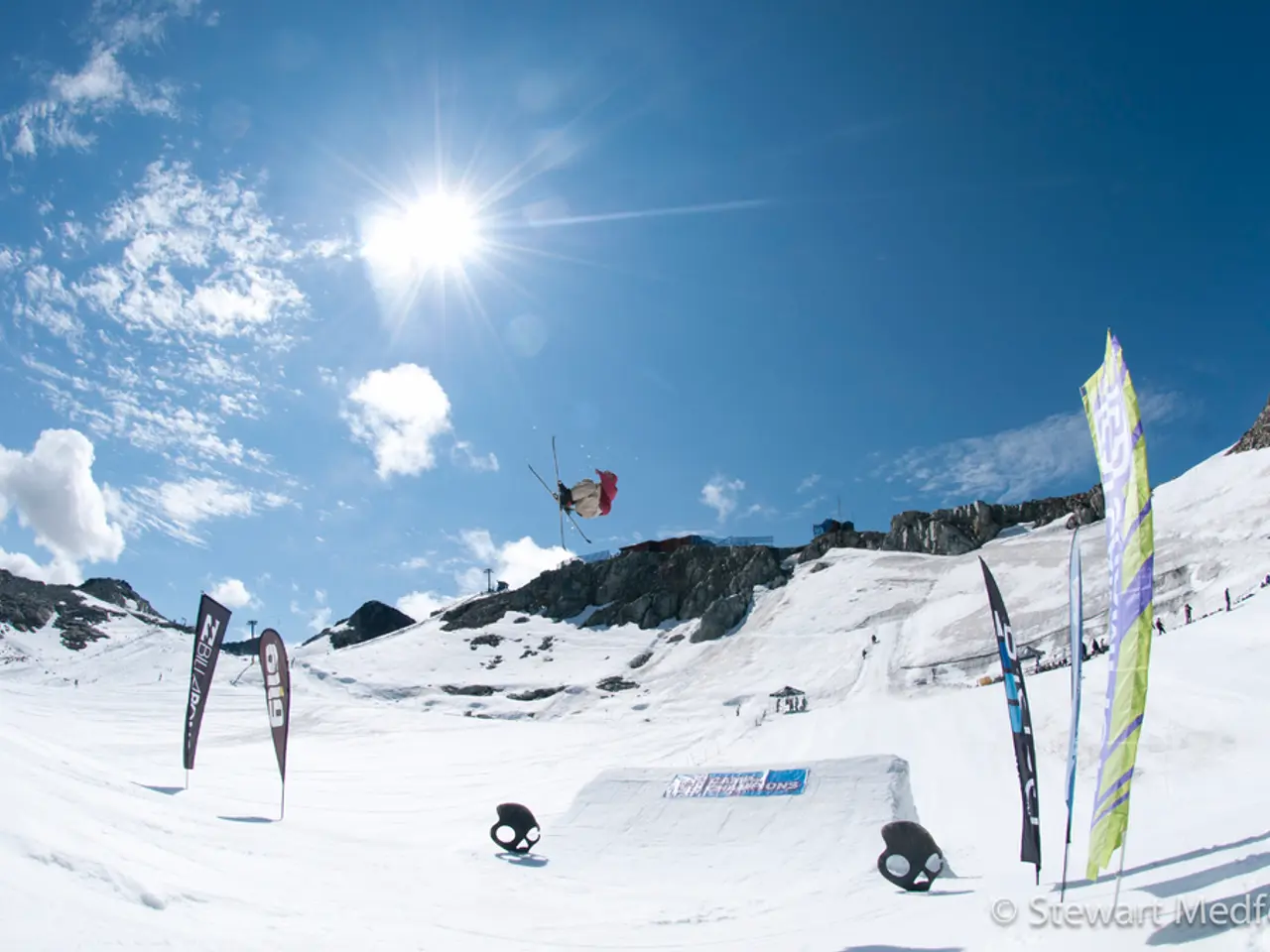Montana's Ski Season Set for a Memorable Run, Thanks to Little Girl's Favor
As the winter season approaches, skiers and snowboarders in Montana and the Northern Rockies are eagerly awaiting the snowfall that is crucial for a memorable winter on the slopes. However, the latest climate outlooks from the National Oceanic and Atmospheric Administration (NOAA) suggest that the 2024-2025 winter season in this region may not be as snowy as hoped.
NOAA predicts that the upcoming winter will be a La Niña winter, with stronger trade winds and cold water upwelling along the Pacific coast moving the jet stream north. Traditionally, La Niña winters bring colder and wetter conditions to the northern United States. However, the current outlooks indicate that the northern Rockies and the plains may experience above-normal temperatures and below-normal precipitation, implying a potentially drier winter than normal.
Several ski-related sources, including Ski Magazine, POWDER, Freeskier, and SnowBrains, have predicted above-average snowfall and below-average temperatures for the north-west US. Despite these predictions, NOAA's seasonal outlooks for the broader Central Region, which includes parts of the Northern Rockies, suggest a tendency towards warmer and drier conditions.
These conflicting predictions have left many wondering about the snowfall prospects for the 2024-2025 winter season in Montana and the Northern Rockies. While some resorts in the region have already opened their ticket offices and turned on their chairlifts, there is no strong indication or official report predicting a particularly good snow year for this period.
Notably, On The Snow's lead meteorologist Chris Tomer and Montana's own Discovery have expressed expectations of lots of snow in Montana. Powderchasers have also referred to the upcoming season as "robust" with "ideal conditions for deep snowpack and prolonged ski seasons."
However, it is essential to note that the available data and outlooks do not explicitly provide a clear forecast for the 2024-2025 winter season snowfall in Montana and the Northern Rockies. The seasonal outlooks lean towards warmer and drier conditions, rather than a snowy winter.
It is worth mentioning that the majority of these states are currently experiencing long-winded drought. The remainder of the continental US is predicted to have a warmer and drier winter than normal. The major January 2025 blizzard event noted in the High Plains and parts of the Midwest did not mention Montana or the Northern Rockies as being significantly affected by heavy snow.
In summary, while there are some positive indications, the 2024-2025 winter season in Montana and the Northern Rockies is more likely to experience warmer and potentially drier than average conditions, which typically would not favor a robust snow year. While the La Niña winter could potentially bring colder and wetter conditions, the current outlooks suggest a different picture. Skiers and snowboarders in the region may need to keep a close eye on the weather developments as the winter approaches.
- Despite predictions from certain ski-related sources suggesting a snowy winter in Northwest US, NOAA's seasonal outlooks for the Northern Rockies indicate a tendency towards warmer and drier conditions, which could be detrimental for a memorable winter on the slopes.
- As climate change poses significant challenges to environmental science, the ongoing drought in many of these states further complicates the winter outlook for Montana and the Northern Rockies, where a warmer and potentially drier winter than normal is more likely according to NOAA's latest climate outlooks.








